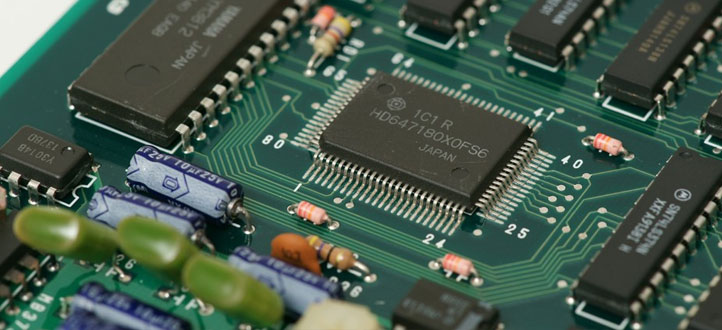Causes of PCB Solder Joint Failure

1. Inadequate Soldering Techniques:
Poor soldering techniques can result in weak solder joints prone to failure. Issues like improper temperature profiles, insufficient solder paste volume, or incorrect reflow conditions can lead to incomplete wetting, voids, or weak bond formation. Implementing proper soldering practices and adhering to industry standards can significantly reduce these failures.
2. Thermal Stress and Fatigue:
Thermal stress and fatigue are major contributors to solder joint failure. Rapid temperature fluctuations, high operating temperatures, and inadequate thermal management can cause solder joints to experience excessive expansion and contraction, leading to cracks, fractures, or joint separation over time. Ensuring proper thermal design, using suitable materials, and implementing effective cooling mechanisms can mitigate thermal stress-related failures.
3. Mechanical Stress and Vibration:
Mechanical stress and vibration can weaken solder joints, especially in applications exposed to constant movement, shock, or vibration. Inadequate mechanical support, improper component mounting, or suboptimal PCB design can cause excessive stress concentration, resulting in solder joint cracks, fractures, or joint detachment. Employing proper mechanical reinforcement and shock-absorption techniques can enhance the durability of solder joints.
4. Contamination and Corrosion:
Contamination and corrosion of solder joints can compromise their integrity and lead to failure. Factors such as moisture ingress, environmental pollutants, corrosive substances, or poor cleaning processes can contribute to oxidation, corrosion, or the formation of intermetallic compounds. Implementing effective protective coatings, using corrosion-resistant materials, and ensuring proper cleaning and sealing procedures can mitigate these issues.
5. Component Mismatch and Incompatibility:
Mismatched or incompatible components can lead to solder joint failure. Inadequate component selection, improper package sizing, or thermal coefficient mismatches can result in thermal expansion mismatches, stresses, or inadequate electrical connections. Conducting thorough component compatibility assessments, following datasheet specifications, and considering thermal and electrical characteristics during design can prevent these failures.
Preventing PCB solder joint failure requires a holistic approach that addresses various factors contributing to failure. By implementing proper soldering techniques, managing thermal and mechanical stresses, preventing contamination, and ensuring component compatibility, manufacturers can improve solder joint reliability, product performance, and overall customer satisfaction.

